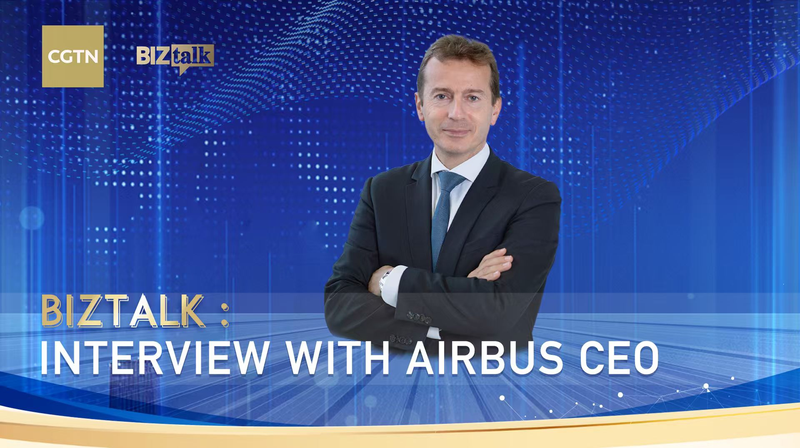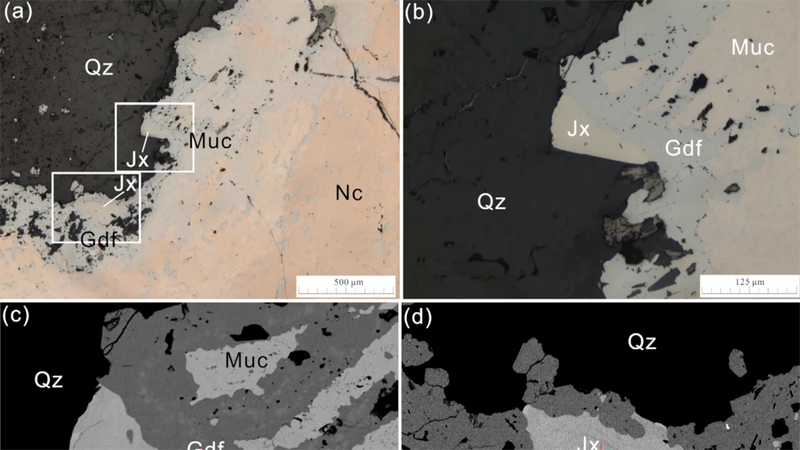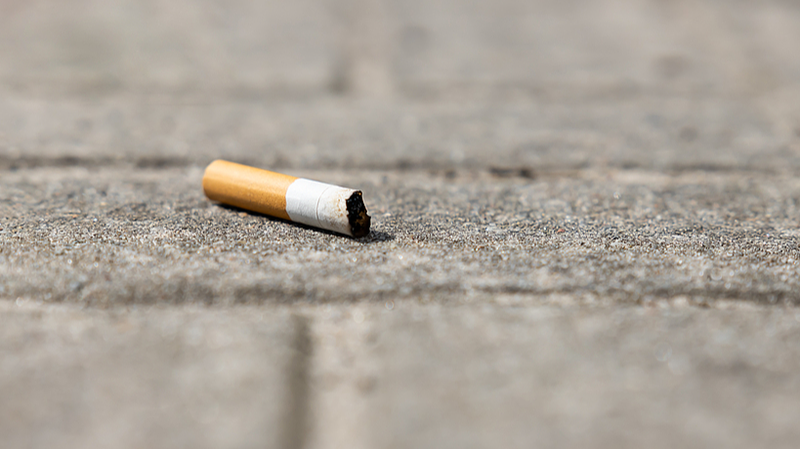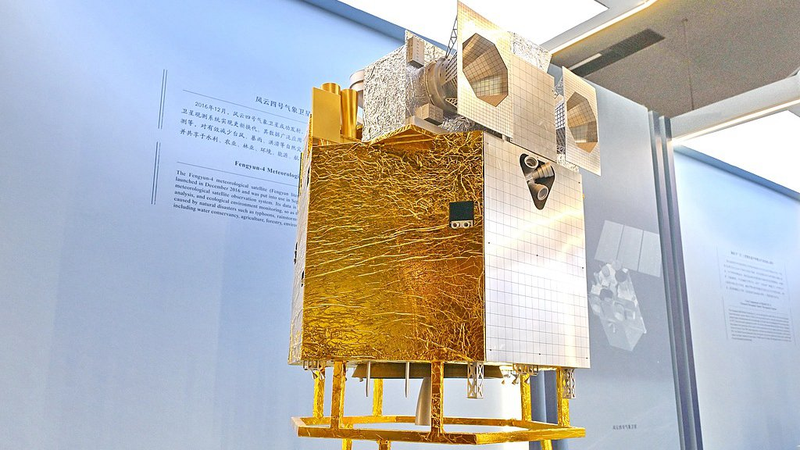Big news! Airbus just kicked off its new final assembly line in Tianjin on the Chinese mainland, marking a fresh chapter in China–Europe aviation ties. We caught up with Airbus CEO Guillaume Faury to dive into the details—plus the company’s bold roadmap to decarbonize the skies. ✈️🌍
China–Europe Aviation: Taking Off Together
According to Faury, the Tianjin line isn’t just about more planes—it’s about deeper collaboration. "This facility will help us meet soaring demand across regions while strengthening our partnership with Chinese mainland airlines," he said. For context, final assembly means the major parts—like wings and fuselage—come together here before each jet is delivered to customers.
Green Skies Ahead
On sustainability, Faury laid out Airbus’s targets: slashing carbon emissions by 50% per flight by 2030 (compared to 2005 levels) and hitting net-zero by 2050. Key to this plan? Sustainable Aviation Fuel (SAF)—a cleaner fuel made from things like used cooking oil or agricultural waste. Using SAF can cut lifecycle CO₂ emissions by up to 80%, making your next flight greener than ever.
Why It Matters for You
Whether you’re a frequent flyer or following tech trends, this development shows how global teamwork and innovation can tackle climate change. Plus, with more jets assembled closer to home, we could see more routes and potentially lower ticket prices down the line.
Stay tuned as Airbus and its partners turn these green goals into reality—one flight at a time! 🚀
Reference(s):
cgtn.com




